Two years ago, when I decided to rework our budget, I figured out that we were spending over $1000 each month just on fast food! A GRAND! I was shocked and pretty upset with myself, to say the least. So I vowed to make a change and the best way I knew to do that was with a meal plan. Learning how to meal plan has quite literally been a game-changer for my family. We cut our fast food costs by almost $700 a month. And we reduced our grocery budget to around $125 a week!
If you’re wanting to get organized, a meal plan is one of many systems that you should put in place in your home. In this post, I’m going to walk you through my exact meal planning process that has enabled me to save so much time and money. By following this tutorial, you will feel confident and prepared to create your first meal plan, even if you’re a total beginner. Are you ready to find out how to meal plan? Let’s get started!
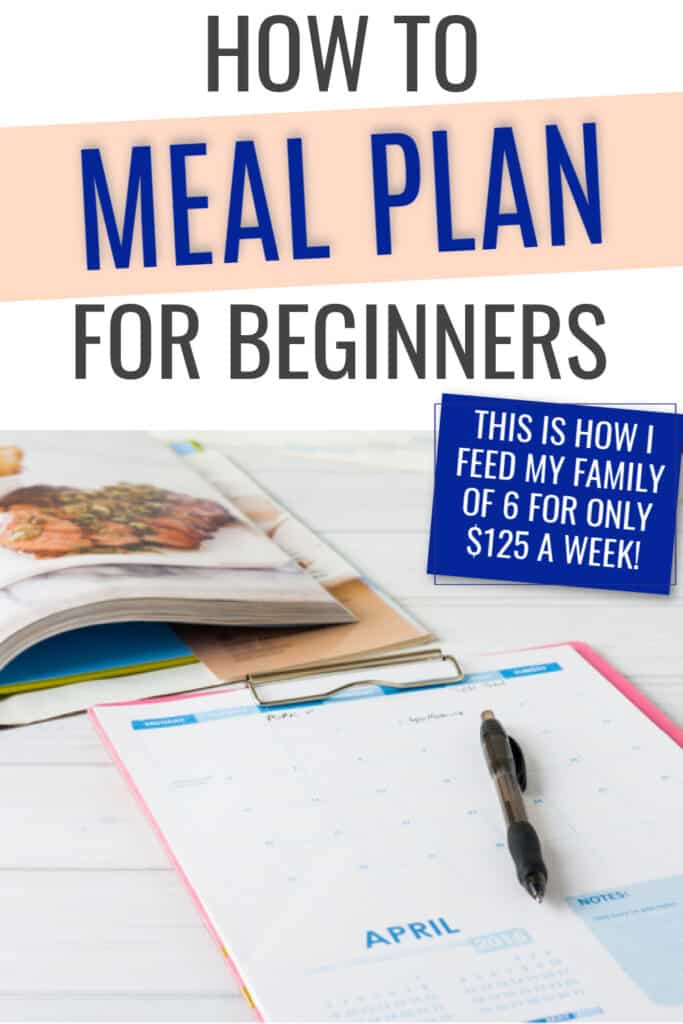
BENEFITS OF MEAL PLANNING
When you think of meal planning, you probably think about planning healthy meals in order to lose weight. Although meal planning does help you prepare more health-conscious meals, the benefits go way beyond that.
Here are just a few of the best meal planning benefits:
Reduces decision fatigue
Did you know that the average adult makes 30,000 conscious decisions every single day?!
This explains why it’s so hard to come up with a dinner idea on the fly! Because by the end of the day, you’re literally experiencing decision fatigue.
Having to constantly wonder what to eat can be stressful and overwhelming. Especially considering the millions of recipe resources online!
But learning how to meal plan takes almost all of the decisions right out of the dinnertime rush! Instead of spending 30 minutes deciding what to make each and every night, you can glance at your meal plan and know exactly what to cook!
I like to think of it as having a personal assistant. 🤣
She tells me what to eat each night and I don’t have to waste any time at all wondering if my family will like something!
Makes it possible to buy only what you need
Before I learned how to meal plan, I used to go to the grocery store and buy items that I figured we might need. And I’m pretty certain that I’m not the only mom who has done this.
But purchasing random groceries makes it impossible to be fully prepared for each meal. And buying groceries you think you might need can be wasteful.
Alternatively, when you go to the grocery store with a plan, you can purchase exactly what you need and nothing more. This is exactly how I’ve been able to feed my family of 6 for $125 a week! Because we’re no longer buying food “just because”.
Saves time in the kitchen
When you are unsure of what you’re going to make for dinner, there are probably one of three things that happen:
- You procrastinate on starting dinner because you don’t want to go into the kitchen and try to piece together a meal
- You spend 20 minutes in front of the pantry, freezer, or fridge, wondering what you should make
- Or you spend 30 minutes trying to figure out if you have what you need for a specific recipe
On the other hand, if you have a meal plan laid out and you know what you’re going to make each night, you won’t have to spend any time at all flipping through recipes or digging for ingredients.
Having a meal plan allows you to walk right into the kitchen and start cooking!
Helps you get meals on the table in a timely manner
Another benefit to learning how to meal plan is getting meals on the table in a timely manner.
When you know exactly what you’re going to prepare each night of the week, you can get all of your meals on the table long before your kids start complaining that they’re hungry. You won’t have to wonder if you have the correct ingredients and you definitely won’t have to run to the grocery store at the last minute just to buy some spaghetti sauce.
I can tell you from experience that having dinner ready and on the table by 6pm will make the rest of your evening run much more smoothly!
TYPES OF MEAL PLANNING
Meal planning is definitely not a one-size-fits-all solution. There are dozens of different ways to do it; it all depends on your schedule, your family dynamic, and your personality. Here are a few of the most popular types of meal planning:
One week at a time
This is the most popular type of meal-planning and for good reason! It’s easy to plan for one week at a time and easier on your wallet to shop for one week at a time!
Many busy families wouldn’t be able to tell you what time their son’s baseball game is this weekend, let alone next week. And it’s hard to plan meals in advance if you don’t know what days you will be out of the house. But with a one-week meal plan, you only have to focus on the next 7 days.
Two weeks at a time
Another popular option is to plan for two weeks at a time. This type of meal plan typically works best for smaller families.
If you are really trying hard to stick to a budget, I recommend going with the one-week meal plan. This is because there’s always a chance that you will need to go back to the store before the two weeks are up. And even if you only intend on buying one thing, we all know you’ll end up purchasing 9 extra items that you probably could have lived without.
One month at a time
Another popular type of meal plan is one month at a time. It sounds intimidating, but a lot of people thrive on monthly meal plans!
Planning all of your meals for one month and then not having to think about it again can be a great way to simplify your life.
Rotation meal plan
A rotation meal plan is a list of meals that you continuously cycle through. Instead of having to plan your meals all over again every week, you just reuse your list of meals.
If you are really dreading having to decide what to eat every day of the week, this meal plan can be life-changing for you!
4×7 meal plan
A 4x&7 meal plan is basically when you plan breakfast, lunch, dinner, and snacks for an entire 7 days.
But it doesn’t only have to be for a week at time; you can certainly choose any number of days!
This type of meal plan is best for families that know they are going to prepare each and every meal that they had planned. If you’re the type of person who doesn’t “feel like” eating a particular meal on a specific day, this meal plan might be too rigid for you.
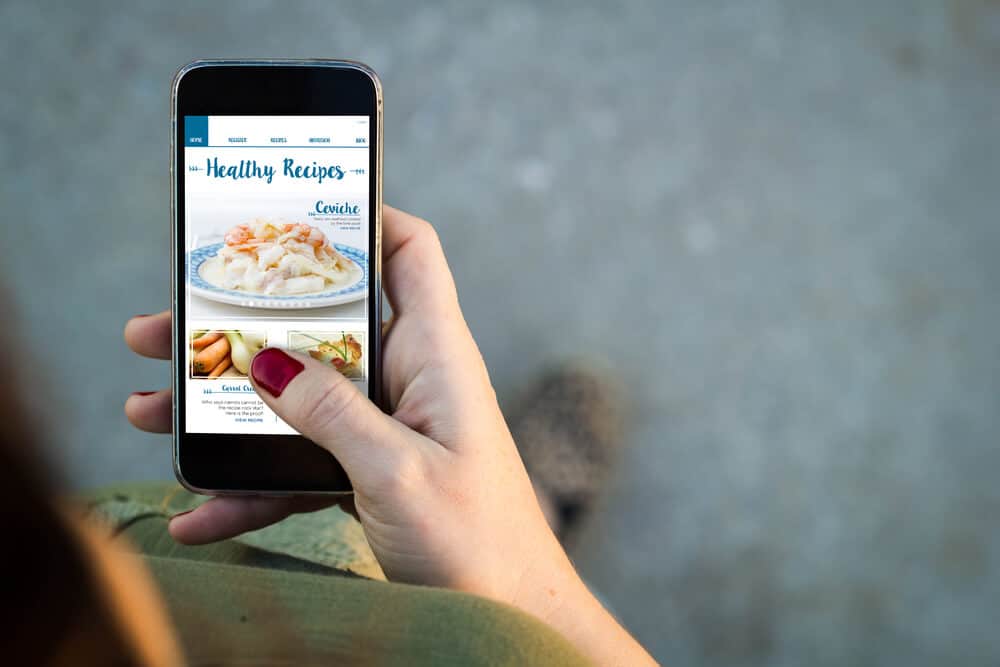
HOW TO MEAL PLAN
Now let’s get into exactly how to meal plan!
To make things a little easier, I’m going to stick with one example – meal planning for one week at a time.
Take inventory
The first step is without a doubt, the most crucial. And it’s one that many people tend to skip because it doesn’t seem all that important.
But if you want to drastically reduce your grocery bill and cut down on food waste, you need to take inventory of your food before you begin planning your meals.
If the thought of taking inventory of all your food is making you a little nervous, don’t worry! This step will only take you a couple of minutes in total.
Here’s how it looks:
– CHECK YOUR FRIDGE
The food in your fridge will expire more quickly than anything else in your kitchen. So it’s always best to look here first.
Check for any type of food that needs to be used up. Meat, of course, is the most important. Veggies, fruit, leftovers, sour cream, yogurt, cheese, and other dairy products.
Check the freshness of each item and consider if it can be used in a meal within the next day or two.
– CHECK YOUR FREEZER
Next, you’ll want to take a quick look in your freezer. Take note of any meat, frozen meals, pizzas, or anything else that can be worked into your meal plan.
– CHECK YOUR PANTRY
And finally, glance in your pantry. Personally, I like to use up all of our side items before purchasing more.
I’m currently in the middle of planning our meals for the coming week. Here is a list of the food in my fridge, freezer, and pantry that needs to be or can be used up ASAP:
- Frozen chicken thighs
- Corn dogs
- Frozen hash browns
- A bag of frozen veggies
- Canned black beans and corn that have been put in a food storage container in the fridge
- Leftover taco rice
- Sour cream
- Ricotta cheese
- Heavy whipping cream
- Eggs
- Russet potatoes
- Mashed potatoes
- Tortilla chips
Looking at the list above, I can see that black beans, corn, leftover taco rice, sour cream, and tortilla chips can be put together to make something Mexican.
The chicken thighs, frozen veggies, and potatoes could make a whole meal! And the eggs and hash browns can be made into some sort of breakfast casserole. Yum!
Keeping those three meals in mind, it’s time to move on to the next step in the meal planning process.
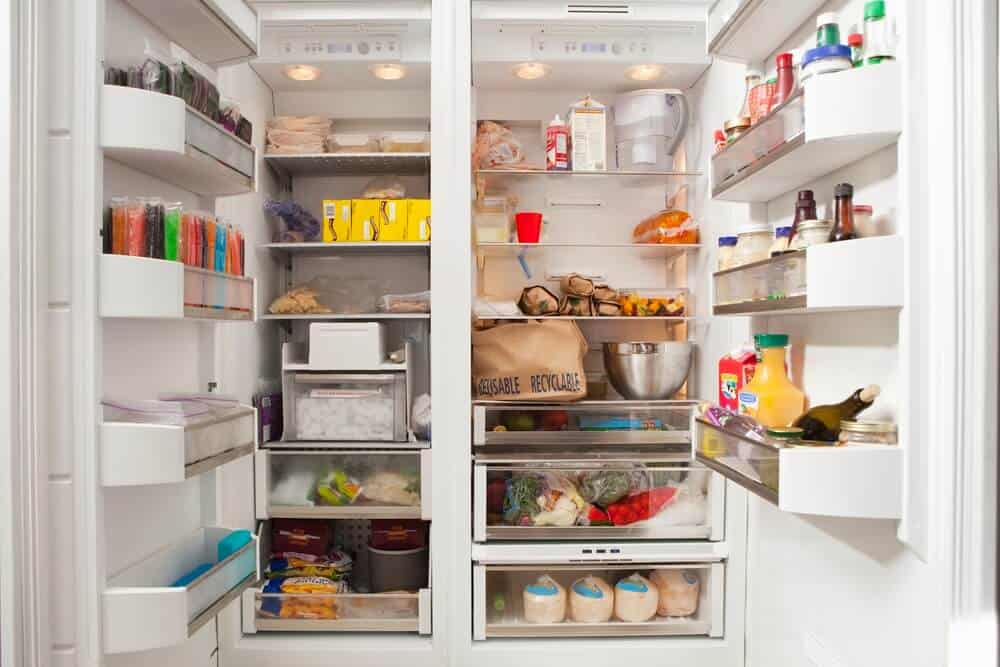
Determine how many meals you need to make
Once you’ve taken inventory, the next step is to figure out how many meals you will need. So pull out your planner or your calendar and take note of everything you have going on in the coming week.
If you know your family will be out of the house for 2 nights this week, you will want to either plan some slow cooker meals for those days or plan for something else entirely.
Let’s say for example that you plan to go out to eat on Thursday. So for a one-week meal plan, you will need to plan for 6 dinners, with at least one being made in the Crock-Pot.
Plan your meals
Now that you know how many meals you need to plan for, you can take into consideration the ingredients you found during the inventory step.
Going off my example above, this is what it would look like:
- We need to plan for 6 dinners
- And 3 of those meals are almost accounted for from ingredients that we already have
- So let’s come up with 3 more dinners
This is where the free meal plan printable comes in handy!
Use the meal planning page to jot down which meals you want to prepare each night of the week. (There is also space for breakfast and lunch if you want to map those out along with your dinners.)
List all your ingredients on your shopping list
Okay, so you have got all of your meals planned out! Now it’s time to list the ingredients you will need for each of those meals.
Here is my example meal plan for the week:
- Monday – Slow Cooker Breakfast Casserole
- Tuesday – Chicken Burrito Bowls with Leftover Taco Rice on the Side
- Wednesday – Sloppy Joes and Potato Chips
- Thursday – Out to Eat
- Friday – Chicken Thighs, Frozen Veggies, and Mashed Potatoes
- Saturday – Homemade Pizzas
- Sunday – Slow Cooker Beef Stew
Since we have planned our meals around ingredients we already have, we won’t need to buy nearly as much.
Here is the list of ingredients that we do need for each of those meals:
- Shredded cheese
- Sausage
- Chicken breasts
- White rice
- Salsa
- Ground beef
- Hamburger buns
- Potato chips
- Pizza Sauce
- Beef Stew Meat
- Carrots
- Celery
Of course, the list above doesn’t include any necessary ingredients for breakfast, lunch, or snacks. But the groceries above will probably cost me about $65, which means I’m able to make 6 dinners for only $65 this week! This is the power of meal planning!
So, once you have your dinners planned, go ahead and add a couple of ingredients to your grocery list for breakfasts and lunches.
In my house, we don’t typically have a lot of leftovers, and what we do have, my husband takes to work. But if you do have leftovers from each meal, I highly recommend using them to plan your lunches for the week!
With that said, my kids usually rotate through the same types of foods for breakfast and lunch. When it comes time to make my shopping list, I will glance in my fridge and freezer one last time to make sure I didn’t miss anything that they could use.
Most of the time, I need to purchase more chicken nuggets, waffles, hot pockets, and sandwich items. And all the snacks! During this unique safer-at-home phase, we’re going through more snacks than I ever thought possible!
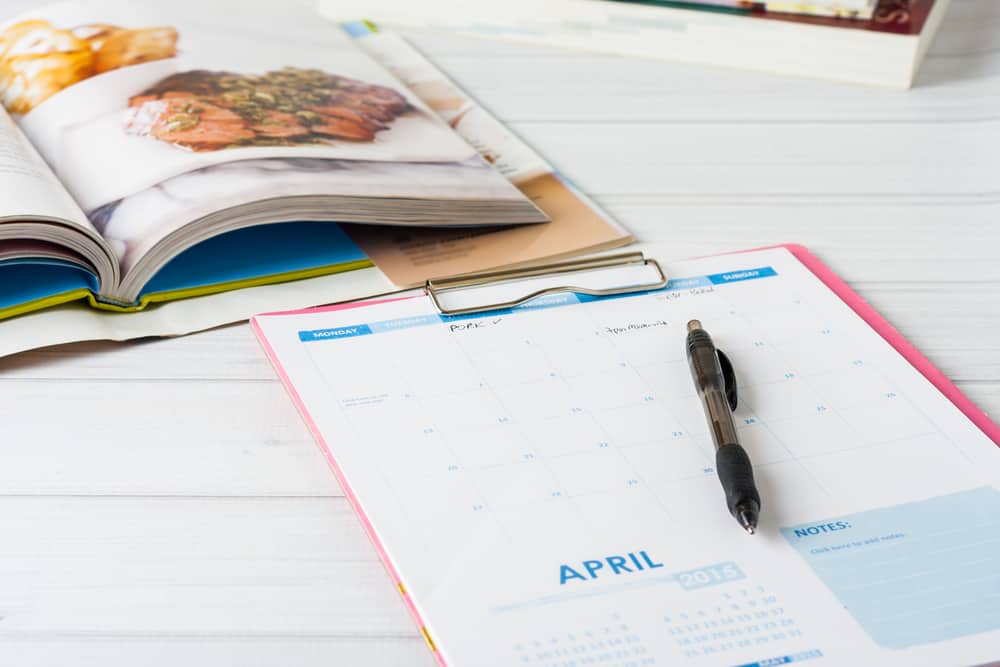
Grocery shop or order online
For the last step, all you need to do is purchase the necessary ingredients!
If you have never tried grocery pickup before, you should definitely try it because it will seriously change your life and your wallet!
Whether you choose to shop in person or online, here are a few tips to help you make the best of it:
- If you have any gaps in your meal plan that needs to be filled, choose items based on what’s on sale.
- Flipp is an app that basically delivers all of your local circulars straight to your phone.
- Only shop at one store per week! You will save so much time following this rule; as opposed to trying to make it to Costco and Walmart all in one week.

WHAT TO DO IF YOUR MEAL PLAN DOESN’T WORK
If your meal plan always seems to fall through the cracks, the best thing to do is to focus on what you’ve been doing wrong so you can make an effort to change it.
- Are you the type of person who prefers to fly by the seat of your pants?
If so, your best bet will probably be to plan for two weeks at a time. Buying groceries for approximately 14 dinners will give you enough variety to work with. So when 5 o’clock arrives and you decide that you don’t want to eat what you had originally planned, you can easily swap it out for something else.
- Or maybe the meals you’re planning are too complex.
If you’re at a stage in life where you’re super busy and preoccupied, it’s probably best to stick with simple meals that are easy to prepare.
- Similarly, you want to be sure to plan for reality.
Wanting to eat healthier is an incredible long-term goal that we should all strive for. But if you’re eating fast food multiple times a week like I was, it’s not reasonable to expect yourself to replace every one of those drive-thru meals with a healthy, gluten-free meal. So be sure to plan for the person you are right now. If you love casseroles and heavy meals, then, by all means, make more of them!
- And finally, remember who you’re planning for.
If you have a couple of picky preschoolers as I do, it’s probably not the best time to start planning a bunch of new recipes. Stick with the favorites that your family knows and loves and you’ll be much more likely to succeed at learning how to meal plan!
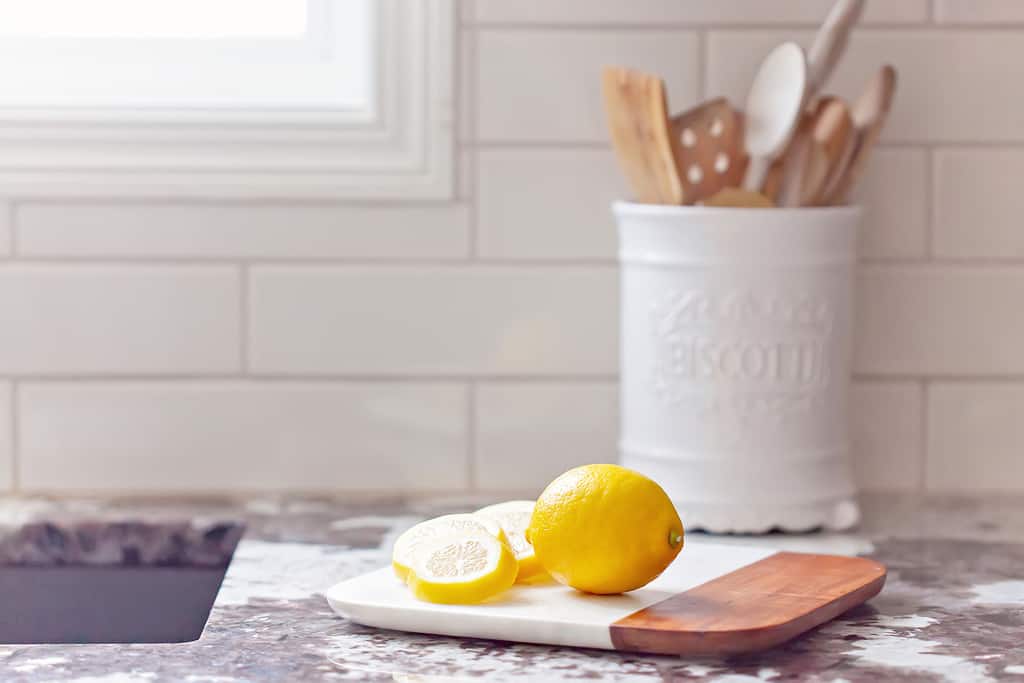
YOUR TURN
Learning how to meal plan can change your life! If you’re struggling to keep up with the dinnertime rush or you’re spending too much money at the grocery store, try creating a meal plan for the upcoming week.
Here is a quick rundown of the action steps:
- Take inventory of all the food you currently have in your fridge, freezer, and pantry
- Check your calendar and determine how many meals you need to plan for
- Plan your meals around the ingredients you already have
- List out the necessary ingredients
- And go shopping!
So are you ready to get started with a meal plan?? Follow the steps in this post as you plan out your meals for the week! And don’t forget to download the free meal plan printable below!
Related posts
Find Out How to Keep a Clean House
9 Ways to Boost Your Spring Cleaning Motivation
How to Manage Your Money on a Paycheck Budget
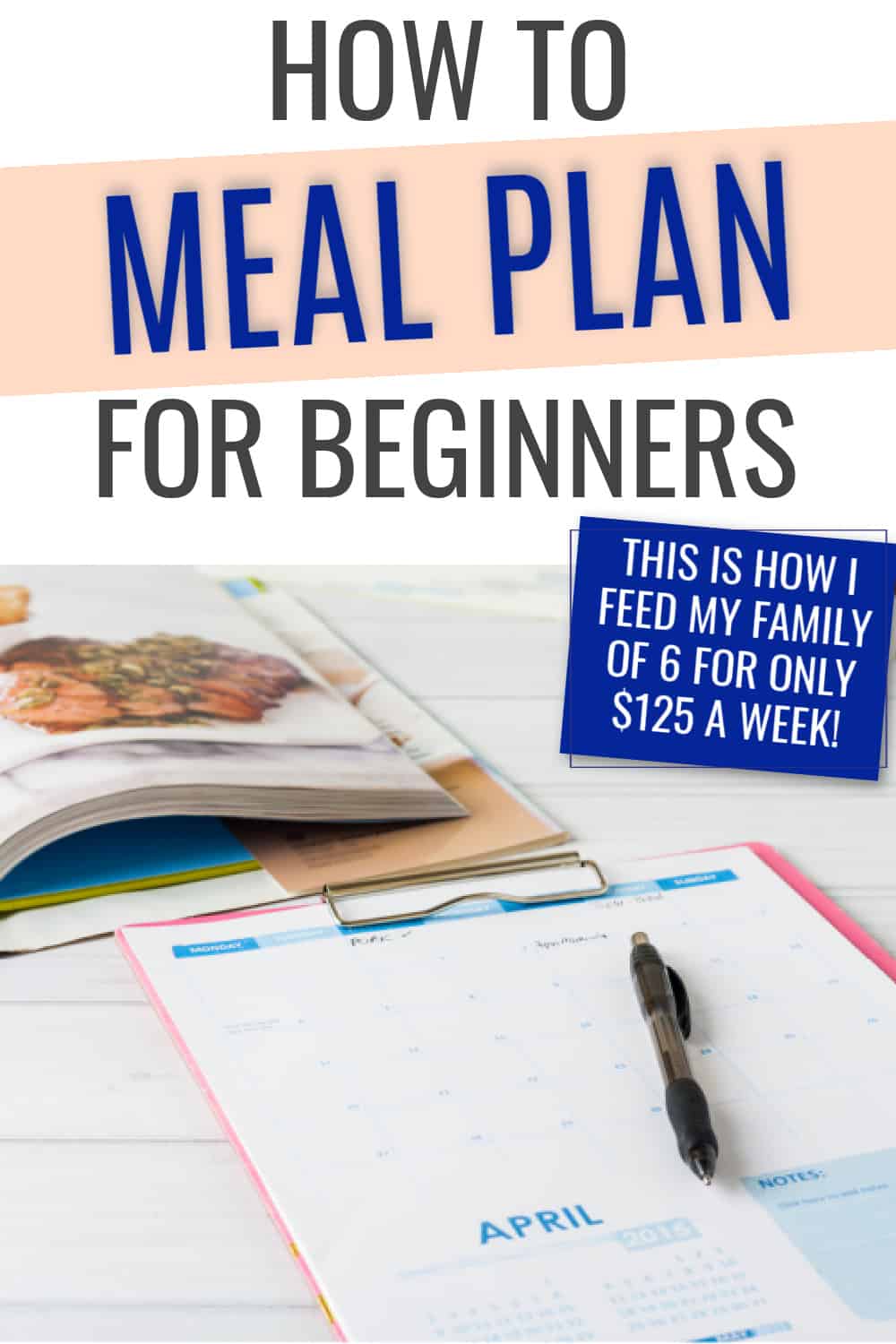

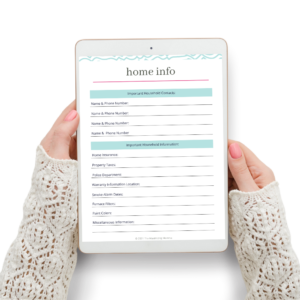

Leave a Reply
You must be logged in to post a comment.